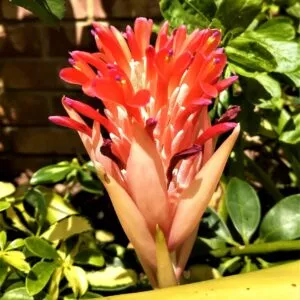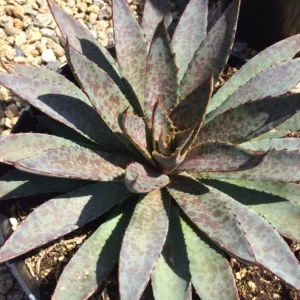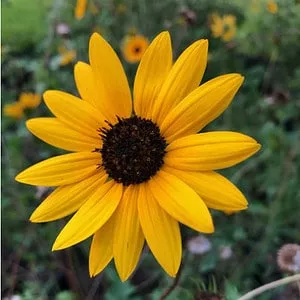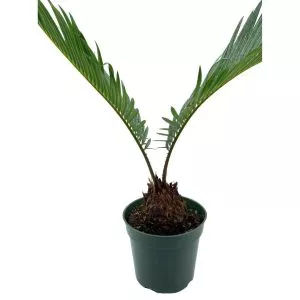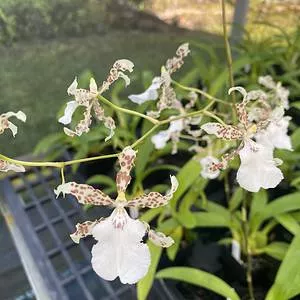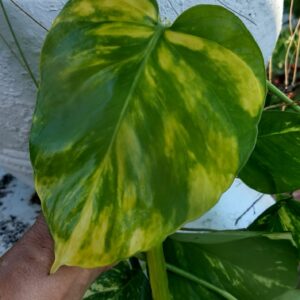No products in the cart.
When you compare sequoia vs. coast redwood trees 🌳 you might think these species look the same. This is because both grow huge and look identical. But are they similar, and how do you tell the difference?
Plantly is here to help as the giant sequoias and coast redwoods differ significantly.
What are Giant Sequoias?
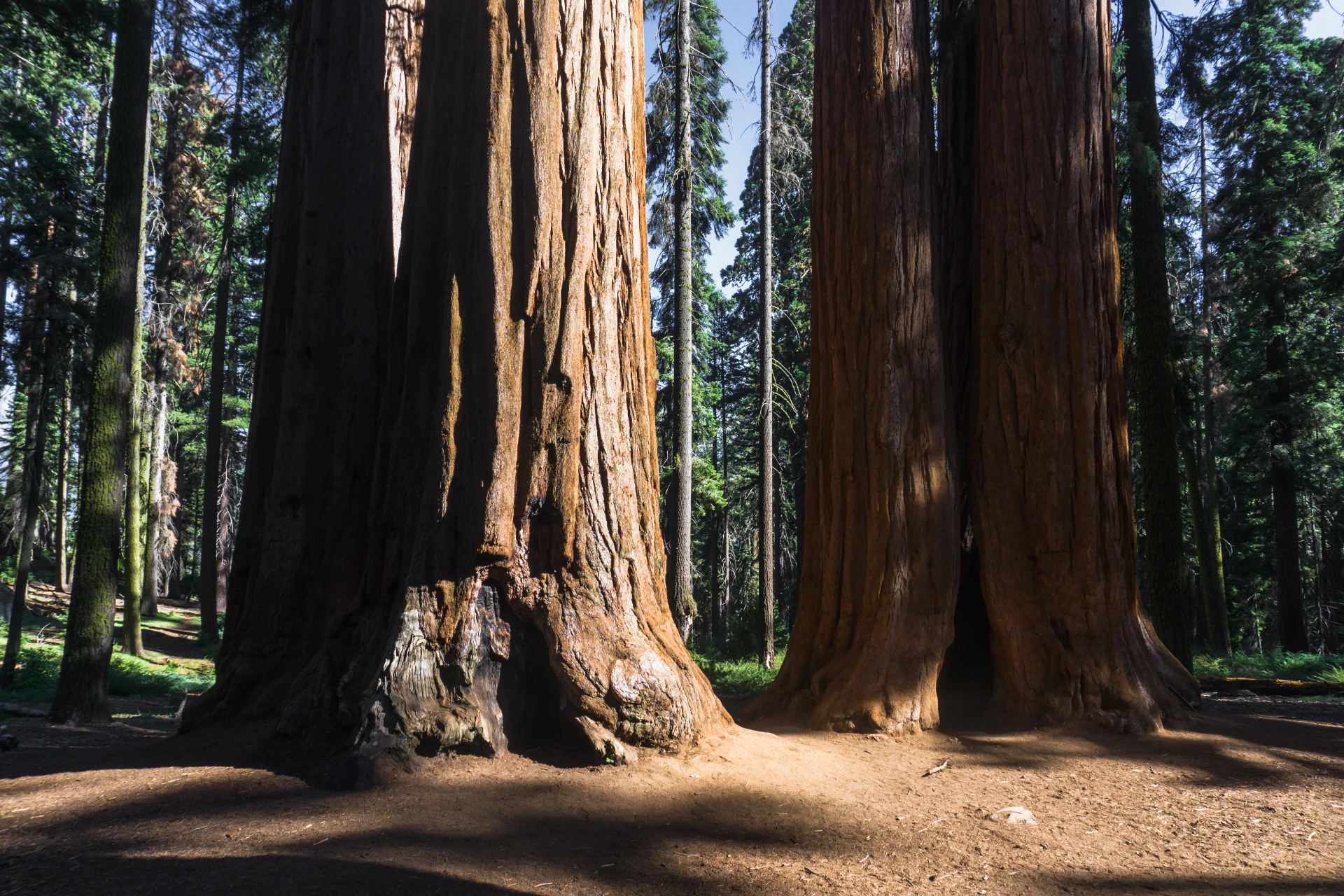
The giant sequoias with the fancy botanical name Sequoiadendron giganteum also go by Sierra Redwood confusing 😕. It also has another common name Big Tree.
The tree species has a columnar trunk with stout branches and fibrous red-brown bark. It is a stately evergreen and one of Earth’s oldest living trees. The reason is that when grown in ideal conditions, it is a fast-growing tree.
The thick bark can reach two feet wide and is resistant to insect invasions and brush fires. Giant sequoias grow naturally in the Sierra Nevada mountains on the west slopes. These trees grow in 70 locations, including 36 Kings Canyon and Sequoia groves.
The other three places you find in Yosemite. A huge highlight when visiting the Sequoia National Forest you see these giant trees in some of the isolated spots. Some giant sequoias, 20, grow in Kings Canyon and Sequoia National Parks.
💡 Did you know one of the largest giant sequoias is called General Sherman? This tree is the largest tree by volume in the world in California Giant Forest in the Sequoia National Park.
The bole volume of General Sherman is 52,508 cubic feet. Still, this does not mean it is the tallest tree, as the tallest one is Hyperion, a tall coast redwood found on the northern California coast standing 380 feet high.
Fascinating right? Great, now let us look at the coast redwoods.
What are Coast Redwoods?

The Sequoia sempervirens, or coast redwoods, are taller and more slender than the giant sequoia. The tree has a conifer-like profile with a large base with red-brown bark. It is the tallest tree reaching 370 feet, while sequoia trees get 300 feet.
The coast redwoods grow naturally in a narrow band along the central California coast. You also find these trees along Oregon as the fog provides the California coast redwoods with the moisture needed to grow.
In the world, the slender California coast redwoods are the tallest trees. You find them growing within a mile of each other on Redwood Creek along the northern California coast.
Furthermore, the slender California coast redwood is growing at Humboldt Redwood, Big Basin Redwood, and Redwood National and State Parks in California.
The Key Differences Sequoia Versus Coast Redwood Tree
Now that we know the background of each tree, how big is the difference between the Sequoiadendron giganteum and Sequoia sempervirens? The exciting thing is that both trees belong to the Cupressaceae family.
The only difference is the genus with the Sequoiadendron giganteum that belongs to Sequoia, while the Sequoiadendron giganteum is Sequoiadendron.
Hence, the size is not the only thing separating these two trees. 😃
The Origin Sequoia vs. Giant Redwoods
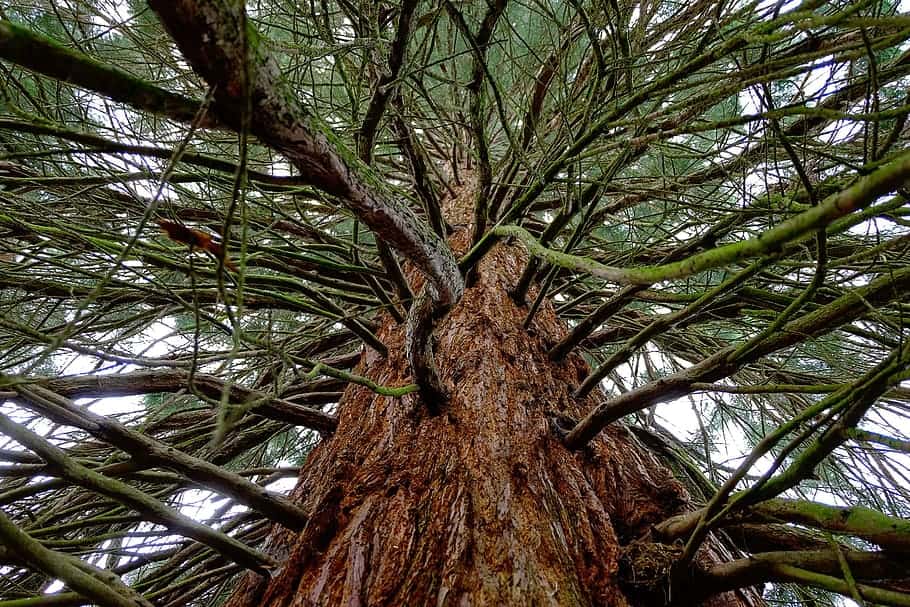
Comparing sequoia vs. giant redwoods, both grow naturally in different parts of the country. The big tree in the world, the Sierra redwoods, are native to the Sierra Nevada mountain range in California.
These trees form groves that extend over 248 miles found along the western slopes of Sierra Nevada. Reports show over 67 giant sequoia groves are in California, with 59 in Fresno and Tulare counties.
This is where the Sequoia National Parks are located. On the other hand, the coast redwood you find native to California and Oregon. The coast redwoods grow in the coastal areas, and the tallest trees are in Redwood National Parks and State Parks.
Method of Reproduction
Both species reproduce through seeds, from the giant redwoods to the big trees. On the giant sequoia, cones form in summer and are pollinated the following spring.
Fertilization will occur in the fall, and once the cones mature in the following summer, seeds will be released to the ground or through the wind. So, reproducing these big trees can take up to two years. Coast redwood also reproduces through seed and stump sprouts.
You find the seed produced in enormous quantities, but seedlings are rare as the forest is dense and the grounds are filled with litter that is sometimes one foot thick and unfavorable for seed germination.
-
Free Shipping$21.99Sold By: Gar-Zen Botanical Design
In stock (can be backordered)
Bromeliad Flaming Torch billbergia Ships Free
Only 6 available and it’s in 1 people’s basketRated 4.86 out of 5 based on 49 customer ratings00Sold By: Gar-Zen Botanical Design -
$65.99Sold By: Succulent Oasis
Only 1 left in stock
Succulent Plant Mangave Bloodspot
Rated 4.84 out of 5 based on 352 customer ratings02Sold By: Succulent Oasis -
$9.00Sold By: Cacti and Exotica
In stock
Alworthia pentagona
Rated 4.98 out of 5 based on 59 customer ratings00Sold By: Cacti and Exotica -
$4.99Sold By: Plants by Stinky Boo
In stock
Graptoveria ‘Amethorum’
Rated 5.00 out of 5 based on 2 customer ratings00Sold By: Plants by Stinky Boo
Foliage And Wood
The sequoias and coast redwood are closely related and have beautiful reddish-brown bark. Still, the foliage is different as the giant sequoias have scale-like yet sharp-pointed blue-green leaves.

The leaves measure about 0.25 inches long, while the coast redwood foliage measures up to one inch long and is deep green and needle-like. Both species are monoecious, meaning the seed and pollen are on both species.
Still, the cones vary in size as the giant sequoia has male cones with short shoots known as spurs. When ready to pollinate, the female cones will double the size of the twigs. The mature cones have an egg shape measuring 3.54 inches long to yield up to 200 seeds.
The coast redwood cones are smaller measuring one inch long.

Shape and Size
The growth of the giant sequoia is fast until it reaches 100 feet tall. Still, they can get 300 feet on the western slope and have a massive thick trunk with root sprouts underground stretching far.
The trunk has a slight taper to the top. Compared to the coast redwood, it has a slender trunk, and the growth is up to 325 feet tall. The coast redwood has a pyramid shape. Yet, both have thick bark with extensive roots.
USDA Hardiness Zones

These enormous trees are the giant sequoias you find hardy in the USDA growing zone 7.
The species can withstand the cold temperature on the western slope of the mountains. It grows at an elevation of up to 8,858 ft.
Then you have the coast redwoods that are hardy in zones 7 to 10, growing at elevations up to 3,018 ft.
Hence, they can tolerate abundant winter rain without any problems.
The Best Uses of These Trees
In the 1870s, people used the wood of the giant sequoia to make shake shingles and fenceposts but not anymore. It does not make for good lumber, even if it is resistant to decay.
The bark is brittle, and the wood has little strength. But on the other hand, redwoods are the most sustainable building material.
The species need a lot of sun and are fantastic solar-powered lumber factories on their own.
Similarities Between the Redwoods and Sequoias
People often refer to both species interchangeably, but the two are different. Both are remarkable species.
Both the giant sequoia and the redwood are naturally occurring in California. Yet, these giant redwoods have the same colored cinnamon bark and grow to overwhelming heights.
But the giant sequoias are the largest trees while the redwoods grow as the loftiest trees.
Frequently Asked Questions
No, while they belong to the same family and have a similar bark color, there is a difference in the leaves. The giant sequoia has scale-like pointed blue-green leaves, while the redwood foliage is deep green and needle-like. This is because the giant sequoia does not have a slim trunk and grows a wide trunk.
In honesty, both are magnificent to see and play an essential part in our ecosystem. The only difference is that the giant sequoias grow faster in the right growing conditions.
The three distinct redwoods are the giant sequoia, coast redwoods, and dawn redwoods.
The oldest giant sequoia is 3,200 years, and the coast redwood is 2,250 years old.
Whether you want to buy, sell, or simply reach out to other plant enthusiasts, Plantly is the right place to be!
-
$28.54Sold By: Carlo's Plant Farm
In stock
2 BLACK OIL SUNFLOWER SUNFLOWER SPROUTS – LIVE PLANTS
Rated 5.00 out of 5 based on 22 customer ratings00Sold By: Carlo's Plant Farm -
$29.99Sold By: BubbleBlooms
In stock
Queen Sago Palm, Cycas rumphii, in a 4 inch pot (Cycas revoluta)
Rated 4.81 out of 5 based on 279 customer ratings00Sold By: BubbleBlooms -
Free Shipping$39.99Sold By: Aloha Hawaii Orchids
$44.99In stock
Oncidium Speckled Spire ‘Whisp’ Wonderful Fragrance 4″ Pots
Rated 4.65 out of 5 based on 268 customer ratings00Sold By: Aloha Hawaii Orchids -
Free Shipping$19.99Sold By: Gar-Zen Botanical Design
Only 4 left in stock (can be backordered)
Pothos Giant Golden 2 Cuttings Ship Free
Only 4 available and it’s in 1 people’s basketRated 4.86 out of 5 based on 49 customer ratings02Sold By: Gar-Zen Botanical Design
